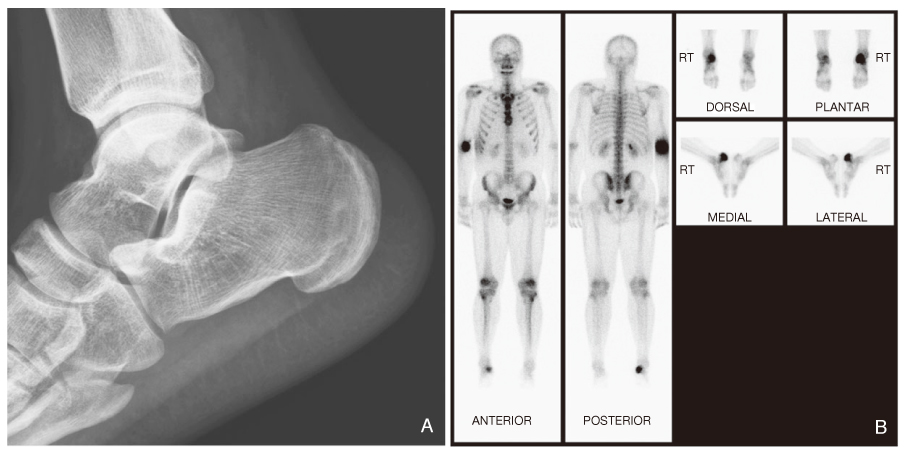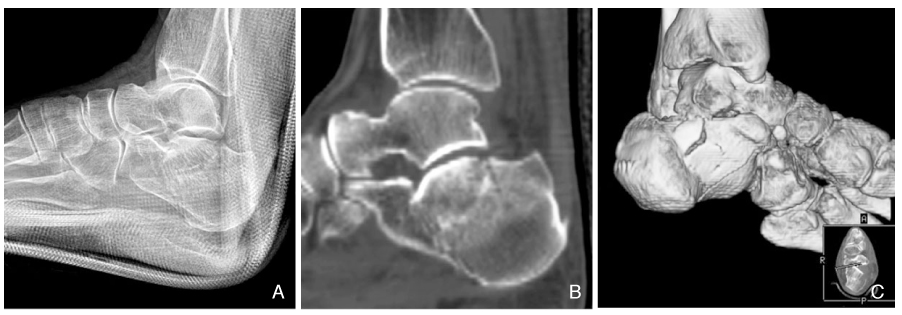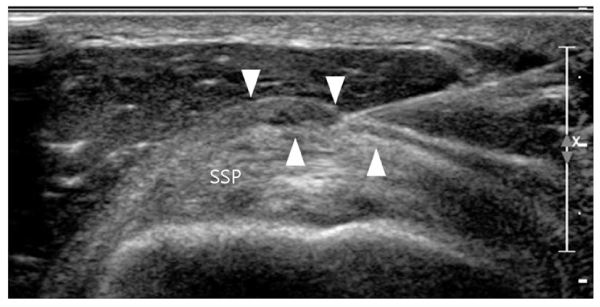J Korean Med Assoc.
2010 Jul;53(7):615-622. 10.5124/jkma.2010.53.7.615.
Imaging Diagnosis of Sports Injury
- Affiliations
-
- 1Department of Radiology, Samsung medical Center, Sungkyunkwan University School of Medicine, Seoul, Korea. ycyoon@skku.edu
- KMID: 2188337
- DOI: http://doi.org/10.5124/jkma.2010.53.7.615
Abstract
- Increased number of population participating in sports results in unavoidably increase of incidence of sports injury. It also causes a rise of total healthcare expenditure. Because the technology of a variety of imaging modalities and treatment for sports injury is rapidly developed, an up-to-date knowledge on technology is critical for the sports physician. Advances in areas of nuclear medicine, magnetic resonance imaging, ultrasonography, and multi-detector computed tomography, provides a variety of options to physician in the process of patient evaluation. Therefore, they should be aware of strength, limitation, indications, contraindications, and diagnostic accuracy of diagnostic tools.
MeSH Terms
Figure
Reference
-
1. Coris EE, Zwygart K, Fletcher M, Pescasio M. Imaging in sports medicine: an overview. Sports Med Arthrosc. 2009. 17:2–12.2. Berrington de Gonzalez A, Darby S. Risk of cancer from diagnostic X-rays: estimates for the UK and 14 other countries. Lancet. 2004. 363:345–351.
Article3. Orchard JW, Read JW, Anderson IJ. The use of diagnostic imaging in sports medicine. Med J Aust. 2005. 183:482–486.4. Leffers D, Collins L. An overview of the use of bone scintigraphy in sports medicine. Sports Med Arthrosc. 2009. 17:21–24.
Article5. Coris EE, Higgins HW 2nd. First rib stress fractures in throwing athletes. Am J Sports Med. 2005. 33:1400–1404.
Article6. Humphreys SC, Eck JC, Hodges SD. Neuroimaging in low back pain. Am Fam Physician. 2002. 65:2299–2306.7. Sanderlin BW, Raspa RF. Common stress fractures. Am Fam Physician. 2003. 68:1527–1532.8. Lim MR, Yoon SC, Green DW. Symptomatic spondylolysis: diagnosis and treatment. Curr Opin Pediatr. 2004. 16:37–46.
Article9. Carek PJ, Dickerson LM, Sack JL. Diagnosis and manage-ment of osteomyelitis. Am Fam Physician. 2001. 63:2413–2420.10. Buckwalter KA. Current concepts and advances: computerized tomography in sports medicine. Sports Med Arthrosc. 2009. 17:13–20.11. Munshi M, Davidson M, MacDonald PB, Froese W, Sutherland K. The efficacy of magnetic resonance imaging in acute knee injuries. Clin J Sport Med. 2000. 10:34–39.
Article12. Megliola A, Eutropi F, Scorzelli A, Gambacorta D, De Marchi A, De Filippo M, Faletti C, Ferrari FS. Ultrasound and magnetic resonance imaging in sports-related muscle injuries. Radiol Med. 2006. 111:836–845.
Article13. Campbell RS, Grainger AJ. Current concepts in imaging of tendinopathy. Clin Radiol. 2001. 56:253–267.
Article14. Allen GM, Wilson DJ. Ultrasound in sports medicine-a critical evaluation. Eur J Radiol. 2007. 62:79–85.
Article15. Khan KM, Forster BB, Robinson J, et al. Are ultrasound and magnetic resonance imaging of value in assessment of Achilles tendon disorders? A two year prospective study. Br J Sports Med. 2003. 37:149–153.
Article16. Kijowski R, De Smet AA. The role of ultrasound in the evaluation of sports medicine injuries of the upper extremity. Clin Sports Med. 2006. 25:569–590. viii.
Article17. Ahn JM, El-Khoury GY. Role of magnetic resonance imaging in musculoskeletal trauma. Top Magn Reson Imaging. 2007. 18:155–168.
Article18. Gold GE, Hargreaves BA, Beaulieu CF. Protocols in sports magnetic resonance imaging. Top Magn Reson Imaging. 2003. 14:3–23.
Article
- Full Text Links
- Actions
-
Cited
- CITED
-
- Close
- Share
- Similar articles
-
- Use of Ultrasonography for Foot and Ankle Sports Injuries
- Rehabilitation of Sports-related Knee Injury
- Acute Infrapatellar Fat Pad Injury after Non-contact, Hyperflexion Injury in a Professional Football Player: A Case Report
- Magnetic Resonance Imaging Diagnosis in Sports Injuries
- Isolated Syndesmotic Injury








